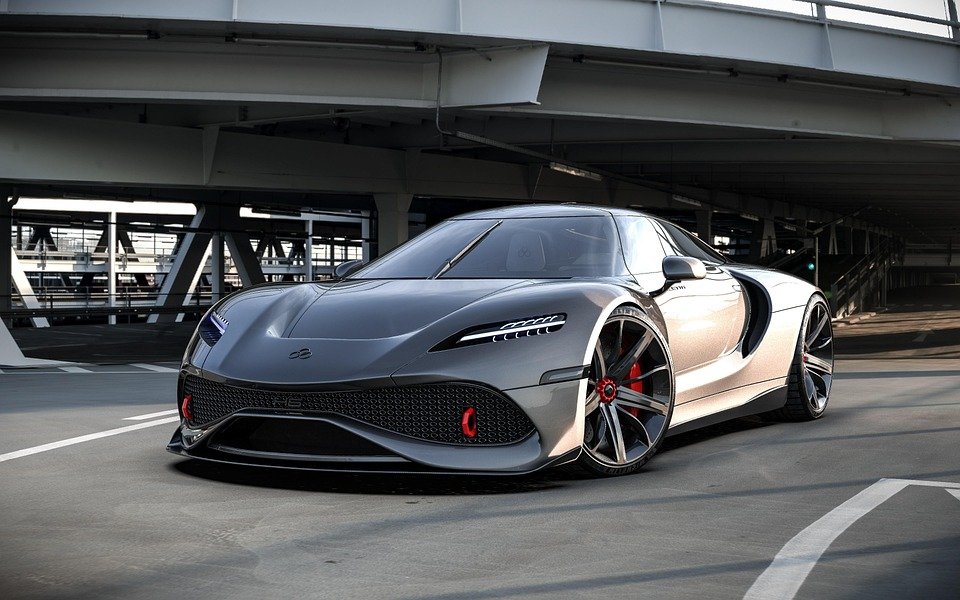The Rise of NFT Art: An Inside Look at Virtual Galleries
The world of art has always been a canvas for innovation, but the emergence of Non-Fungible Tokens (NFTs) has brought about a revolutionary transformation. NFT art has taken the digital realm by storm, allowing artists to tokenize their works and establish ownership in ways that were previously unimaginable. In this article, we will explore the rise of NFT art, the evolution of virtual galleries, and the implications of this new paradigm for artists, collectors, and the art market as a whole.
Understanding NFTs: What Are They?
At its core, a Non-Fungible Token (NFT) is a unique digital asset verified using blockchain technology. Unlike cryptocurrencies like Bitcoin or Ethereum, which are fungible and can be exchanged for one another, NFTs are one-of-a-kind and cannot be replaced. This uniqueness is what makes NFTs particularly appealing for digital art, collectibles, and other digital assets.
When an artist creates an NFT, they are essentially minting a certificate of authenticity for their work. This certificate is stored on the blockchain, a decentralized digital ledger that ensures transparency and security. As a result, buyers can verify the ownership and provenance of an artwork, while artists can receive royalties from future sales.
The Evolution of Digital Art
Digital art has existed for decades, but it often struggled to gain recognition in the traditional art world. Artists faced challenges in proving ownership, and collectors found it difficult to invest in digital creations. However, the advent of NFTs has changed the landscape, giving digital artists a platform to showcase and sell their work.
One of the pivotal moments in the rise of NFT art occurred in March 2021 when digital artist Beeple sold an NFT artwork titled “Everydays: The First 5000 Days” for a staggering $69 million at Christie’s auction house. This sale not only catapulted Beeple into the spotlight but also validated the NFT art movement, signaling to artists and collectors alike that digital art could command high prices equivalent to traditional art forms.
The Emergence of Virtual Galleries
With the rise of NFT art came the development of virtual galleries—online spaces where artists can display their digital works in a curated environment. These galleries offer an immersive experience, allowing collectors to explore art in a way that mimics the experience of visiting a physical gallery.
Virtual galleries can take many forms, from simple websites to fully immersive 3D environments. Some platforms, like Decentraland and Cryptovoxels, allow users to create and navigate virtual spaces using avatars, while others, such as Foundation and Opensea, focus on showcasing NFT art in a more traditional gallery format.
Benefits of Virtual Galleries for Artists and Collectors
Virtual galleries offer numerous benefits for both artists and collectors. For artists, these platforms provide an accessible way to reach a global audience without the constraints of physical space. They can showcase their work in a visually appealing manner, creating an engaging experience that draws in potential buyers.
For collectors, virtual galleries enable them to discover new artists and artworks that they may not encounter in the traditional art world. The ability to browse a vast array of digital art from the comfort of their own homes is a game-changer, making art collecting more approachable and inclusive.
Notable Virtual Gallery Platforms
Several platforms have emerged as leaders in the virtual gallery space, each offering unique features and experiences for users:
- Foundation: A curated platform that allows artists to mint and sell NFTs, Foundation has gained popularity for its community-driven approach. Artists can invite others to join, creating a sense of exclusivity and collaboration.
- SuperRare: Known for its high-quality art, SuperRare is a marketplace that connects artists with collectors. Each piece is carefully curated, ensuring that only the best works are showcased.
- Decentraland: A Virtual reality platform where users can purchase land and create their own galleries, Decentraland allows for a fully interactive experience. Artists can build immersive environments to display their work, enhancing engagement.
- Art Blocks: Focused on generative art, Art Blocks allows artists to create algorithms that generate unique pieces. Each work is minted as an NFT, ensuring that no two pieces are alike.
Challenges Facing NFT Art and Virtual Galleries
While the rise of NFT art and virtual galleries has opened up exciting opportunities, it is not without its challenges. One major concern is the environmental impact of blockchain technology. Many NFTs are minted on energy-intensive blockchains, leading to criticisms regarding their carbon footprint. However, efforts are underway to develop more sustainable solutions, such as Ethereum’s transition to a proof-of-stake model.
Additionally, the NFT market can be volatile, with prices fluctuating dramatically. This unpredictability can deter potential collectors and create uncertainty for artists. Moreover, the proliferation of low-quality or plagiarized art poses a threat to the integrity of the NFT space, making it essential for platforms to implement robust verification processes.
The Future of NFT Art and Virtual Galleries
The future of NFT art and virtual galleries is bright, with ongoing advancements in technology and increasing mainstream acceptance. As more artists embrace the digital medium, we can expect to see a greater diversity of styles, techniques, and themes in NFT art.
Furthermore, the integration of augmented reality (AR) and virtual reality (VR) technologies into virtual galleries could enhance the immersive experience for collectors. Imagine walking through a virtual gallery where digital art interacts with your surroundings or where you can view 3D sculptures from all angles. The possibilities are endless, and as technology continues to evolve, so too will the ways in which we experience and appreciate art.
Conclusion
The rise of NFT art and the emergence of virtual galleries represent a seismic shift in the art world. As artists and collectors navigate this new landscape, the potential for creativity and innovation is boundless. The ability to tokenize digital art, establish ownership, and connect with audiences worldwide is transforming how we perceive and interact with art. While challenges remain, the future of NFT art is poised for growth and evolution, paving the way for a vibrant and dynamic art ecosystem.
FAQs
What is an NFT?
An NFT, or Non-Fungible Token, is a unique digital asset that represents ownership of a specific item or piece of content, verified through blockchain technology.
How do I buy NFT art?
To buy NFT art, you typically need a digital wallet that supports cryptocurrencies, such as Ethereum. You can then browse NFT marketplaces, select the artwork you want to purchase, and complete the transaction using cryptocurrency.
Are NFTs bad for the environment?
The environmental impact of NFTs largely depends on the blockchain they are minted on. Some blockchains are more energy-efficient than others. Ongoing efforts are being made to develop more sustainable solutions, including transitioning to proof-of-stake models.
Can I sell my digital art as an NFT?
Yes, you can sell your digital art as an NFT by minting it on a suitable platform. Each platform has its own guidelines and processes for creating and listing NFTs.
What are the benefits of virtual galleries?
Virtual galleries provide artists with a global platform to showcase their work, while collectors can discover and purchase art from anywhere in the world. They also offer immersive experiences that enhance engagement with the artwork.
Discover more from The Meteyeverse
Subscribe to get the latest posts sent to your email.

